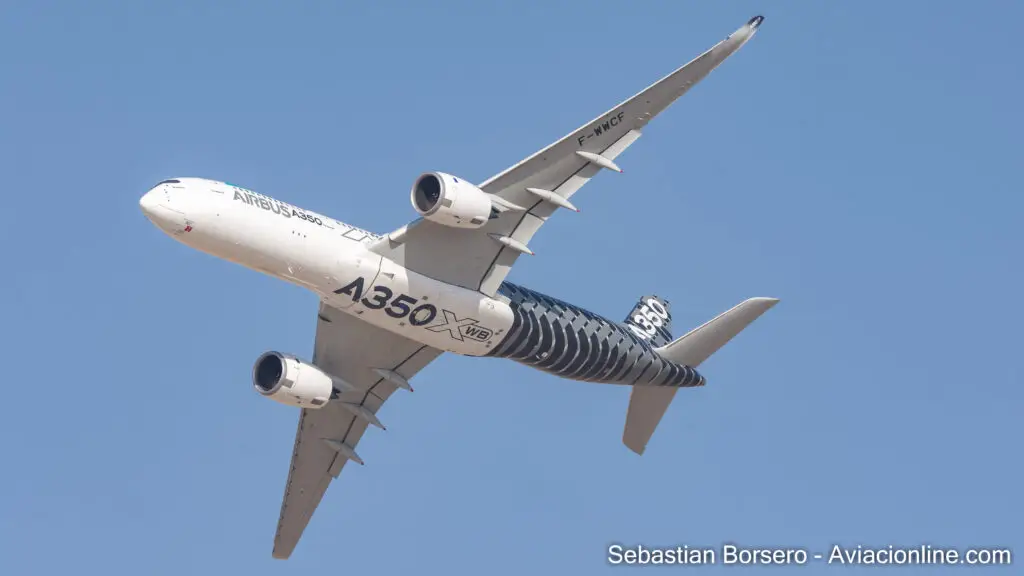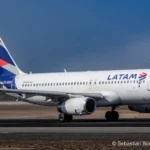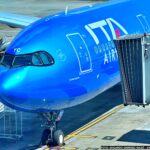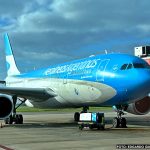Airbus is working to secure large orders for wide-body aircraft from Chinese airlines, according to Bloomberg. Major deals could be struck during the visit of French President Emmanuel Macron, who arrived in the Asian giant hours ago and will remain there for the next three days.
Airbus could receive big orders from Chinese airlines
According to sources quoted by Bloomberg, the negotiations include the A350 and possibly A330neo models. While no further details are known about the interested operators or the number of aircraft involved, large orders for dozens of units could be formalised.
If realised, it would represent a new victory for the European manufacturer over Boeing, its biggest competitor, in a key market. The American company’s position in China is more uncertain, due to geopolitical tension between the two countries.
In mid-2022, four Chinese airlines ordered a total of 292 A320neo family aircraft, relegating the 737 MAX. As the Asian country has maintained mobility restrictions for a longer period of time, local carriers have so far focused on the addition of narrow-body aircraft to cover domestic and regional services.
However, it is expected that since the recent lifting of restrictions, Chinese airlines will look to add new long-range aircraft to bolster capacity and meet growing demand.
China, a key market for global aviation
The Chinese market is relevant for global aviation. Airbus, Boeing and Embraer, the world’s three largest manufacturers, have commercial and industrial representation in the country with the aim of increasing their share of the domestic market, which accounts for about 20% of global air traffic.
Currently, the European manufacturer has an advantage in China: according to Cirium data, 1.793 narrow-body aircraft of its manufacture operate there, in addition to 273 twin-aisle aircraft. On the other hand, Chinese airlines maintain orders for 389 single-aisle aircraft, as well as 25 widebodies.
However, the pace of production and delivery delays pose a dilemma for Airbus, which should look for ways to speed up its processes. The company could open new production lines at its various industrial sites, although this would put additional pressure on its suppliers which, in the current situation, could lead to further problems.
On the other hand, 1.315 Boeing’s narrow-body jets and 29 twin-aisle aircraft operate in the country, while Chinese airlines maintain orders for 206 single-aisle and 29 wide-body aircraft. The trade battle between Washington D.C. and Beijing, which intensified in recent years, limited American commercial aircraft exports, and that scenario seems far from changing.














